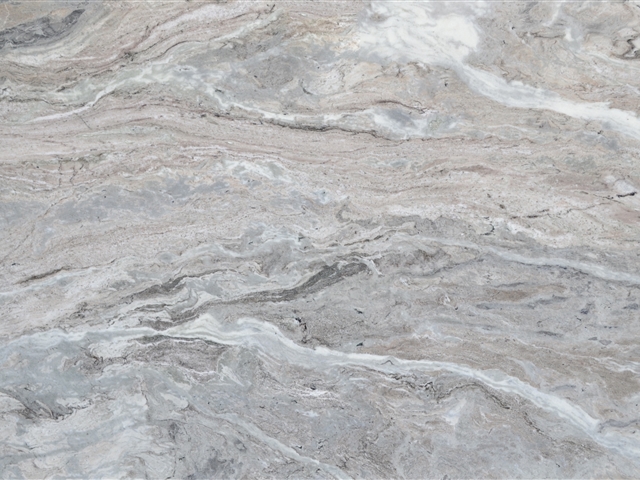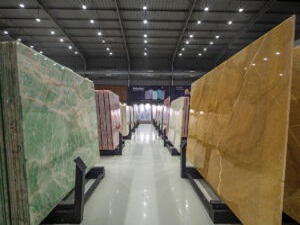Introduction
When it comes to adding elegance and sophistication to your living spaces, imported marble is an unrivaled choice. However, one common question that often arises is whether this stone is expensive. In this blog post, we will delve into the factors that influence the cost of imported marble and explore why it continues to be a preferred choice for discerning customers.
Understanding the Appeal of Imported Marble
Imported marble is celebrated for its unparalleled beauty, distinguished by its rich colors, intricate veining patterns, and an aura of luxury that it exudes. Each type of this stone carries a unique story, shaped by its geological origins, making it a captivating addition to any interior or exterior design. Countries like Italy, Greece, Turkey, and Spain are renowned for producing some of the world’s most exquisite marble varieties.
Factors Influencing the Cost of Imported Marble
Geographical Source: The cost of these beautiful stones is significantly influenced by the country of origin. Marble quarried from regions famous for their superior quality and aesthetic appeal often commands a higher price in the market.
Extraction and Transportation: The process of extracting marble from quarries, cutting it into slabs, and transporting it to different parts of the world incurs significant costs. These expenses contribute to the overall price of the marble and decide whether customers will get the Imported Marble at best price In India or not.
Uniqueness and Rarity: Certain varieties are scarce and not easily found in abundance, making them more exclusive and costly. The rarer the marble, the higher its price tag.
Quality and Grade: They are available in various grades, ranging from premium to commercial. Higher-grade marble with fewer imperfections and superior quality will come at a higher cost.
Size and Thickness: The size and thickness of the marble slabs can impact their price. Larger and thicker slabs may be more expensive due to the additional material and handling required.
Finish and Treatment: The type of finish applied to the marble, such as polished, honed, or brushed, can affect its cost. Additionally, some marbles may undergo specific treatments like resin filling to enhance their appearance and durability, influencing the final price.
Market Demand: Market dynamics play a crucial role in pricing. Varieties of marble that are currently in high demand may be priced higher than others.
Advantages of Investing in Imported Marble
Elegance and Aesthetics: It offers a timeless appeal and adds a touch of opulence to any space. Its distinct veining and rich colors create an atmosphere of grandeur and refinement.
Durability and Longevity: High-quality imported marble is known for its durability and ability to withstand wear and tear. With proper care, it can retain its beauty for generations.
Increased Property Value: Incorporating it into your residential or commercial property can enhance its market value and attract potential buyers.
Versatility in Design: Whether used for flooring, wall cladding, countertops, or decorative accents, it complements various design styles, from classic to contemporary.
Unique Selections: The wide range of these stone options available allows customers to choose from an extensive palette of colors, patterns, and finishes, ensuring a truly one-of-a-kind design.
Conclusion
In conclusion, while it is true that imported marble can be relatively more expensive than domestic options, the investment is undoubtedly worth the beauty and value it brings to your living or working spaces. Madhusudan Marbles takes pride in providing top-quality imported marble at the best prices in India, making it accessible to design enthusiasts across the country. As a symbol of luxury and elegance, it stands the test of time, becoming a cherished feature that adds an air of sophistication to any environment.
Thus, at last transform your spaces with the exquisite allure of imported marble, and experience the timeless beauty that has captivated civilizations for centuries.





